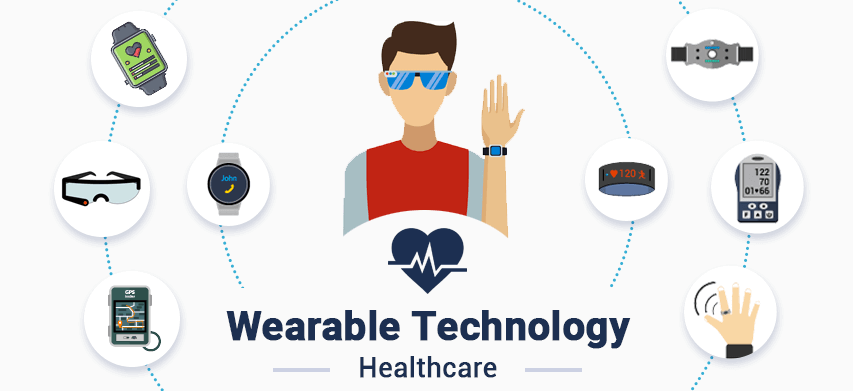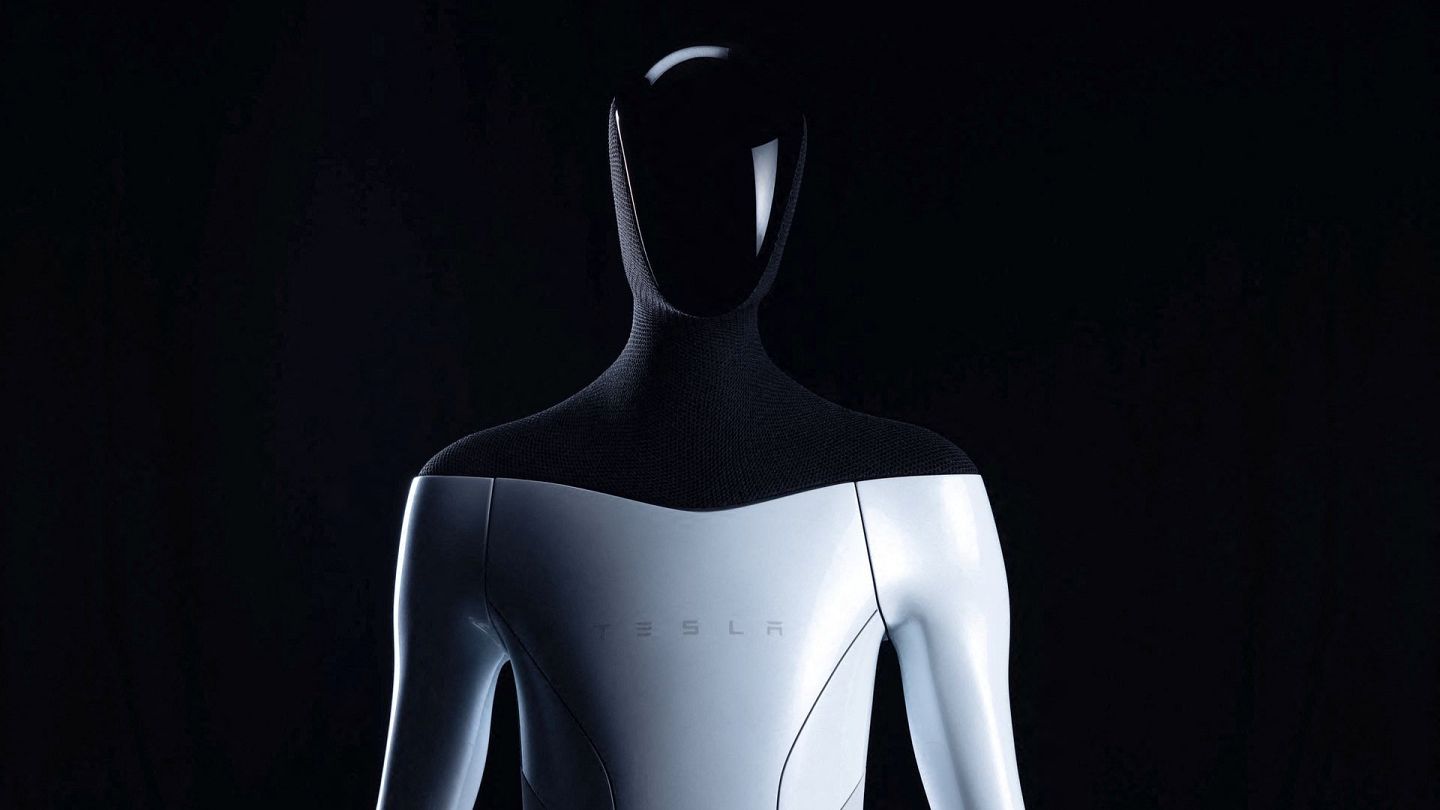
In October 2022, US Commerce Department issued a set of prohibitions, banning China from exporting advanced chip technology from the country. Some experts said that it is one of the year’s most important policies But why has the USA taken this action and why did the Netherlands and Japan follow?
Japan and the Netherlands are both major producers of photolithography equipment used in the manufacturing of chips. The governments of these countries want to make it more difficult for China to develop very advanced military weapons using new chip technology. Perhaps the main reason to take these legal actions was to hinder China’s development of semiconductors for use in super-computers, along with other military-related applications.
National security issues are the main risks associated with the export of chip technology and semiconductors to China. The Chinese government may be able to improve its military capabilities or engage in activities that endanger the security interests of other nations if semiconductors and chip technologies are transferred to China. These technologies are widely used in the military, aerospace, and other critical applications. Concerns also exist regarding the potential for intellectual property theft and the transfer of sensitive technologies to organizations that might be connected closely to the Chinese government.
Additionally, there are more general geopolitical and economic issues at hand, such as the growing rivalry between the US and China for technological supremacy and the impact of technology on the global power structure.
So, how could China misuse this technology in practice?
These are all only speculations, however if we want to understand, why the United States, the Netherlands and Japan took action in this matter, it is important to think about the possible reasons.
Apart from incorporating semiconductors and chips into military equipment and systems, this technology could possibly allow Chinese government Intellectual Property Theft. China may utilize its access to these technologies to steal trade secrets and other intellectual property from other nations, undermining their ability to compete while advancing its own technological industry. Futhermore, Chinese monitoring systems may use semiconductors and chips, which could violate its citizens’ civil rights and privacy and possibly target political dissidents.
This technology can also be used to launch cyberattacks against other nations or vital infrastructure, which may have a significant negative impact on national security and the global economy.
While this decision was taken out of security concerns, it could also have negative effects.
A ban on the export of chips and semiconductors to China could affect the global semiconductor industry and the economies of countries that are major exporters of these technologies. China is a large market for semiconductors, and a ban could reduce demand for these products and adversely affect the earnings of companies involved in their production.
Moreover, it could exacerbate geopolitical tensions between the countries concerned and affect bilateral relations.
Sources:
https://www.theregister.com/2023/01/27/dutch_japanese_china_sanctions/?td=keepreading
https://www.ft.com/content/baa27f42-0557-4377-839b-a4f4524cfa20









